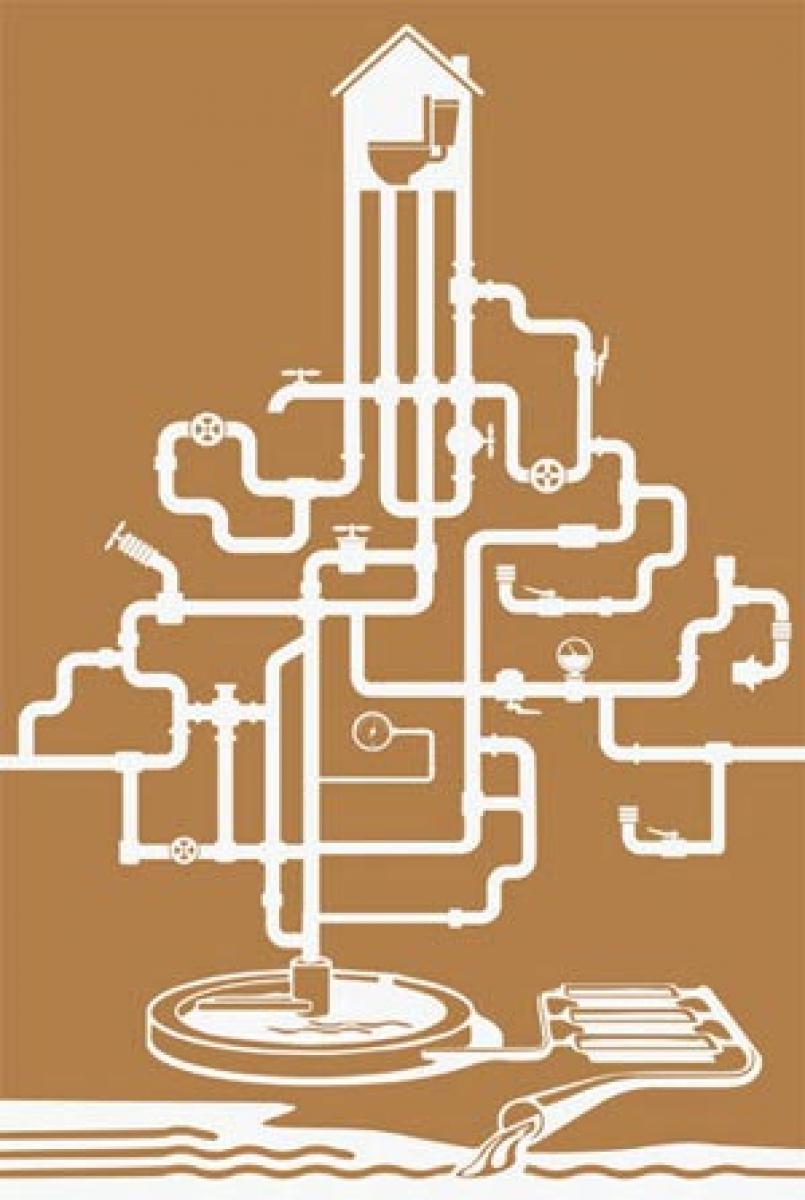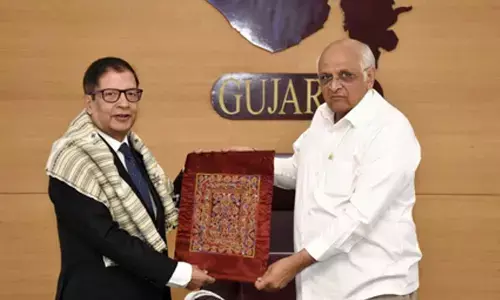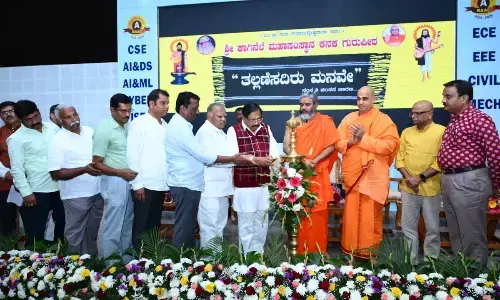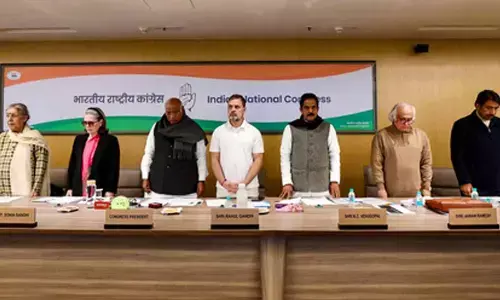How to reinvent the sanitation wheel

Swachh Bharat Mission, the government’s much-needed flagship programme, is not just about building toilets. It is about building toilets that people can use, and most importantly, are linked to the waste disposal and treatment systems.
Swachh Bharat Mission, the government’s much-needed flagship programme, is not just about building toilets. It is about building toilets that people can use, and most importantly, are linked to the waste disposal and treatment systems. This much is clear. But how will this be done? This is still a million dollar question. The reason is that we do not even know where our waste comes from and where it goes.
My colleagues studied the excreta sums of different cities. The city “shit-flow” diagram shows that the situation is grim as all cities either do not treat or safely dispose the bulk of the human excreta. This is because we often confuse toilets with sanitation. But the fact is that toilets are mere receptacles to receive waste; when we flush or pour water, the waste flows into a piped drain, which could be either connected, or not, to a sewage treatment plant (STP).
This STP could be working, or not. In this case, the faecal sludge human excreta could be conveyed, but not safely disposed as it would be discharged into the nearest river, lake or a drain. All this will pollute. In most cities, this connection from the flush to the STP does not exist. According to Census 2011, the flush water of some 30 per cent of urban India is connected to a piped sewer. But our survey found that in most cases, these underground drains have either lost their connections they need repair or are not connected to STPs.
There is another route for excreta to flow. The household flush or pour latrine could be connected to a septic tank, which, if it is well constructed, will retain the sludge and discharge the liquid through a soak pit. The faecal sludge would still need to be emptied and conveyed for treatment. But in most cases, our survey found the septic tank is not built to any specifications it is a “box” to contain excreta and it is either connected to a drain or emptied out. This is where the drama of faecal sludge begins.
Who collects it? How is it transported, and most importantly, where does it go? Nobody knows. There is a focus on sanitation providing toilets and, a focus on pollution building STPs. But the fact is that the bulk of Indian households with access to sanitation are connected to septic tanks 40 per cent of urban India, according to the Census, 2011.
It is also a fact that as underground sewerage is unavailable, people, including large builders, have no options to provide containment of human excreta on-site. They build septic tanks and call for help to remove the faecal sludge and take it somewhere else. Our estimate is that every day we generate roughly 1.75 million tonnes of this “waste” even more than the estimated solid waste generated in the country.
This is the sewage collector’s tanker business in almost all cities, it is private, thriving and underground. The economics are simple: tankers with pipes suck and empty the sewage for a fee that ranges between Rs 800 and Rs 1,200 per visit. The faecal sludge is then emptied into the nearest drain, river, lake, even a field or forest. I see this every day on the road outside our office in Delhi.
The tankers are ubiquitous you will not even notice them. But watch carefully, and you will see a pipe extended from the tanker emptying into the municipal stormwater drain, right outside a major hospital. This drain will make its way to the river. It is no wonder that cleaning our rivers remains a farfetched dream.
But this is not all bad news. The fact is that septic tanks are decentralised waste collection systems. Instead of thinking of building an underground sewerage network that is never built or never completed it would be best to think of these systems as the future of urban sanitation. After all, we have gone to mobile telephony, without the landline. Individual septic tanks could be the way to achieve full sanitation solutions.
This demands three changes. One, governments recognise that these systems exist, and what is needed is to incorporate them in future sanitation plans. Two, they provide oversight to the building of these systems the codes exist, but they need to be implemented and structures certified. Three, they provide minimal regulation for the collection and transportation faecal sludge business so that waste is taken for treatment, and not dumped somewhere.
And most critically, city governments must work out the treatment system for faecal sludge. This is where the real rub lies. The fact is that this sludge is nutrient rich. Today, the global nitrogen cycle is being destroyed because we take human excreta, which is rich in nutrients and dispose it in water. In this case, we can return the human excreta back to land, use it as fertiliser and reverse the sanitation cycle.
The faecal sludge, after treatment, can be given to farmers and used as organic compost. Or, it can be treated and mixed with other organic waste like kitchen waste and used for biogas, or to manufacture fuel pellets or ethanol. The technologies exist. But for all this to happen, the nation must know: where do its flushed excreta go? Ask and find out. (Courtesy: Down To Earth; The writer is the Director General of Centre for Science and Environment (CSE) and the Editor of Down To Earth magazine; http://www.downtoearth.org.in/blog/how-to-reinvent-the-sanitation-wheel-53507
By Sunita Narain


















